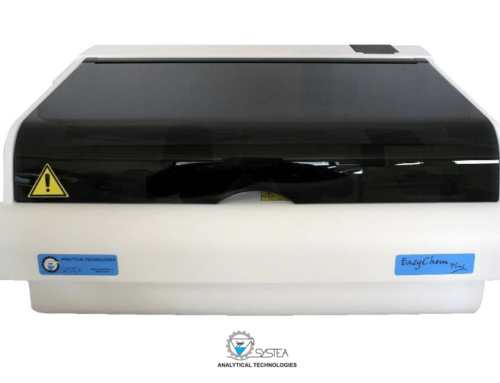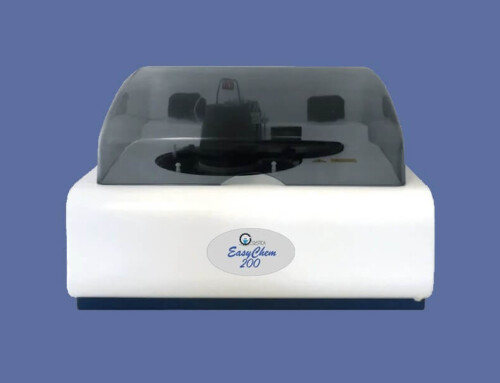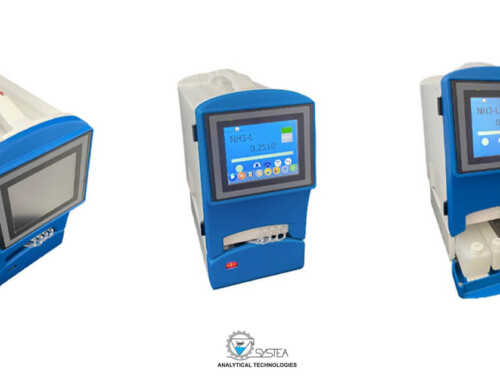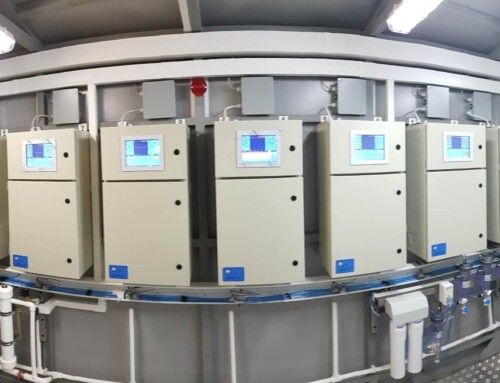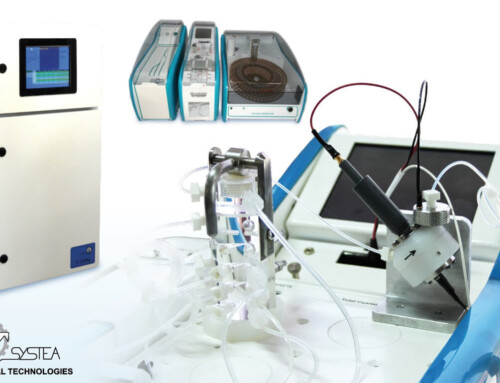Further Discussions
Our last blog post about how much better Teflon is than glass resulted in extensive responses from many different users. Some users were in agreement, some were thankful for the facts regarding how much better the physical properties of Teflon are over glass and others were somewhat confused. The main confusion has to do with the type of connections required for Teflon which tend to be very different than those required for glass.
In the past, we have discussed in detail the older style of nut and ferrule connections common in autoanalyzers. Laboratories that use glass also tend to use the nuts and ferrules or even worse, tubing sleeves. So when most of the comments we received were attempting to understand how Teflon tubing is connected on autoanalyzer system cartridges, samplers, detectors, etc. we decided to give an update on how to use flanged fittings. If you read over the past blog of Ferrules vs Flanged Fittings, you will see that ferrules cause flow issues due to their compression over the tubing, are very expensive and in general, it can be difficult to get them right.
The reason we prefer flanged fittings and Teflon is because not only do you combine the best material available for flow dynamics, but the fittings themselves do not contribute to problems as the sample is moving through the system from the autosampler through the mixing cartridge to the detector. We have a video on You Tube that details how a flanged fitting is made as well as the equipment required. The really nice thing about using flanged fittings with Teflon is that all you need is tubing and some fittings and you can quickly and very easily make any type of tubing assembly required for your entire system, as well as for other instruments in the lab.
The true finger tight nature of a flanged fitting allows you to reuse the fittings since they do not get over tightened and stripped. When the tubing needs to be replaced you simply pull off the fittings that exist, clean them up if required, cut the same length tubing, coil it up if necessary and you are good to go. Ferrules can cost more than a few dollars EACH and as they compress, they tend to damage the nut or the receptacle. Flanged fittings do none of this so you can use the same fittings over and over and all you need is a roll of Teflon tubing.
When a segmented flow analysis or flow injection analysis autoanalyzer system is completely plumbed with flanged fittings and Teflon tubing, the same ID all the way through the system is easy to accomplish, the reagent and sample flow dynamics are smooth from beginning to end and there are no flow disturbances due to compressed ferrules or over tightened “finger” fittings.
At EZkem, we have always configured our systems this way and we are on a constant mission to encourage our clients to do the same. Give it a try and tell us what you think, call us if you have any questions about switching over or visit our online forum and start a conversation. We always interested in what you think!



